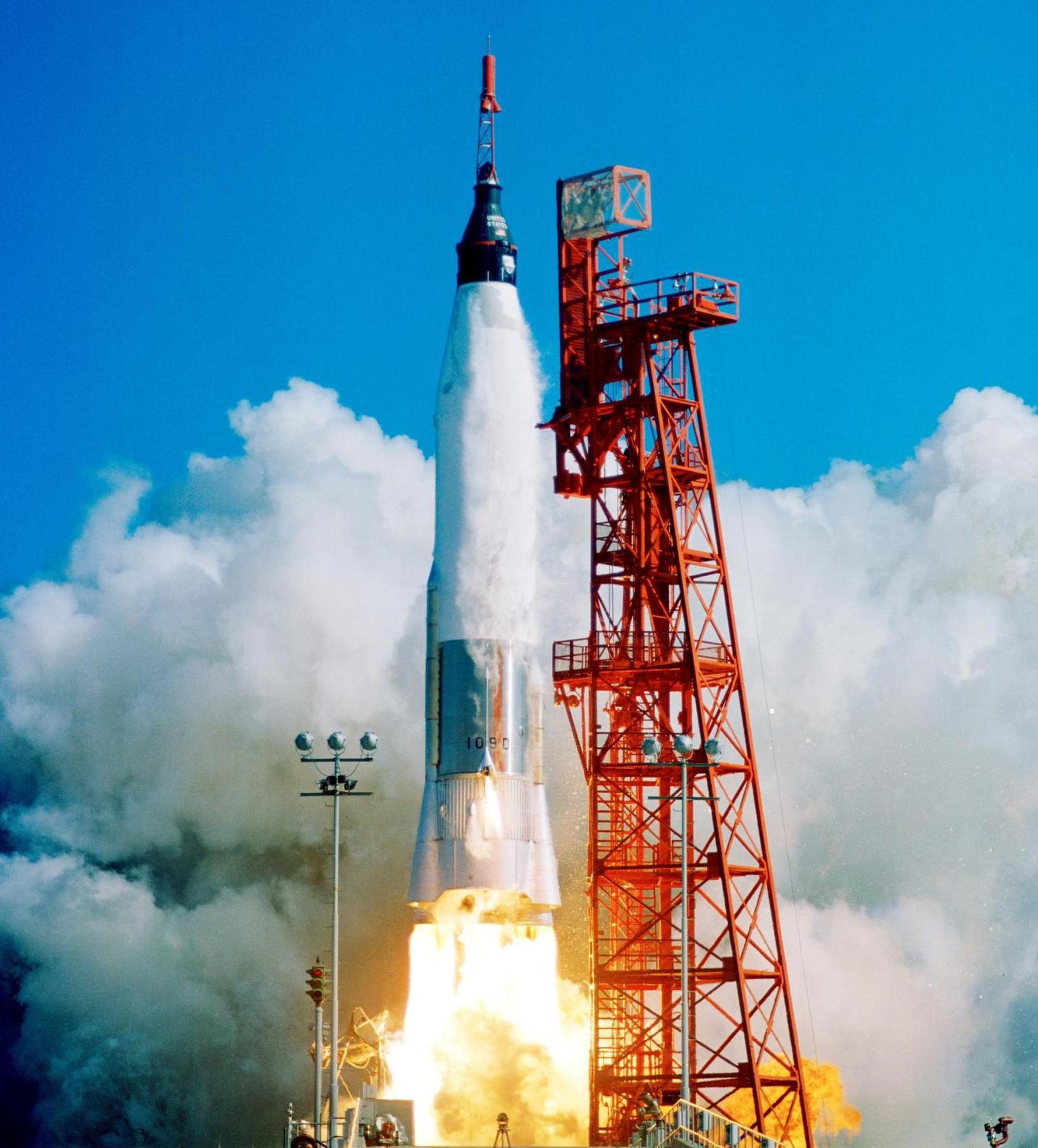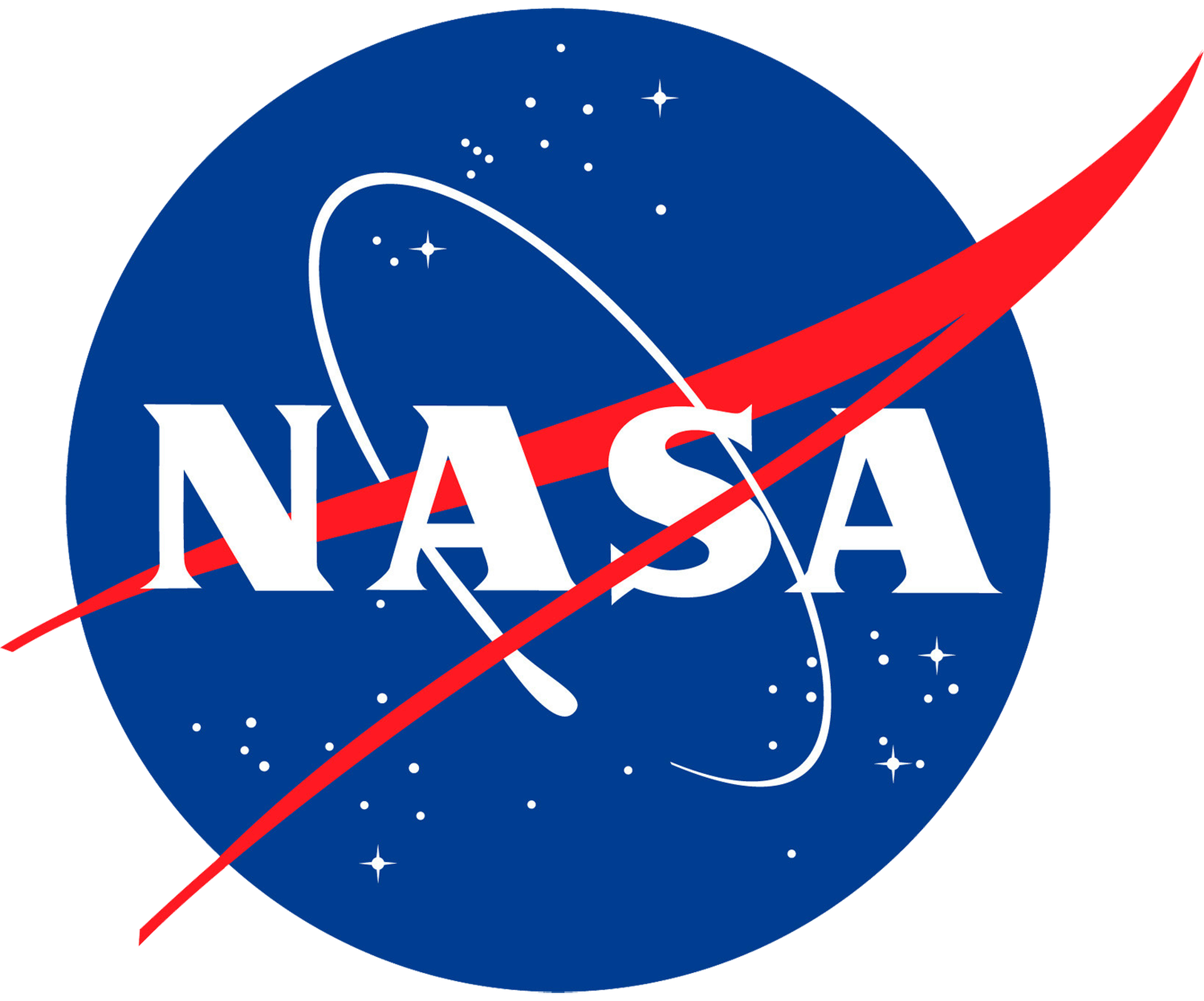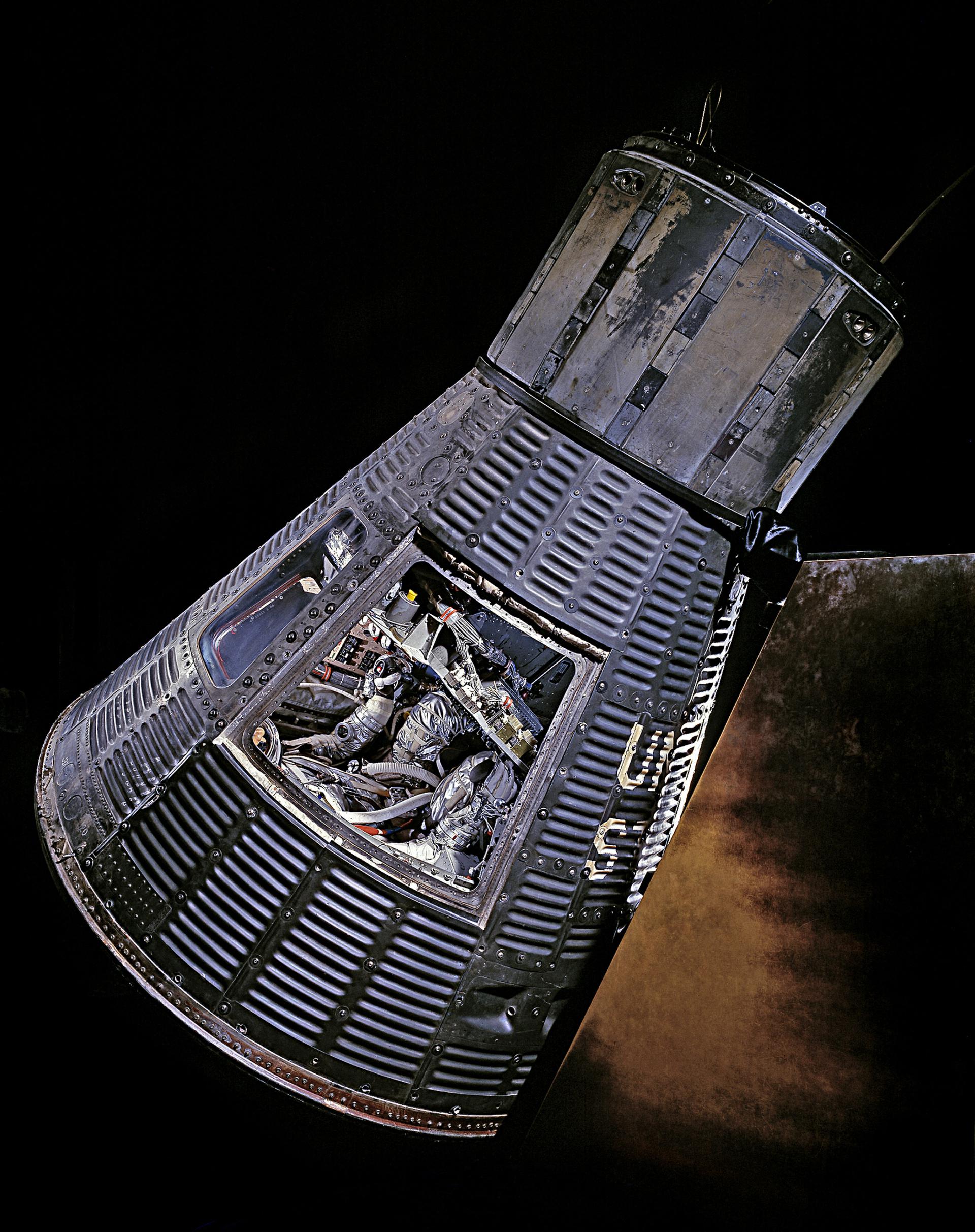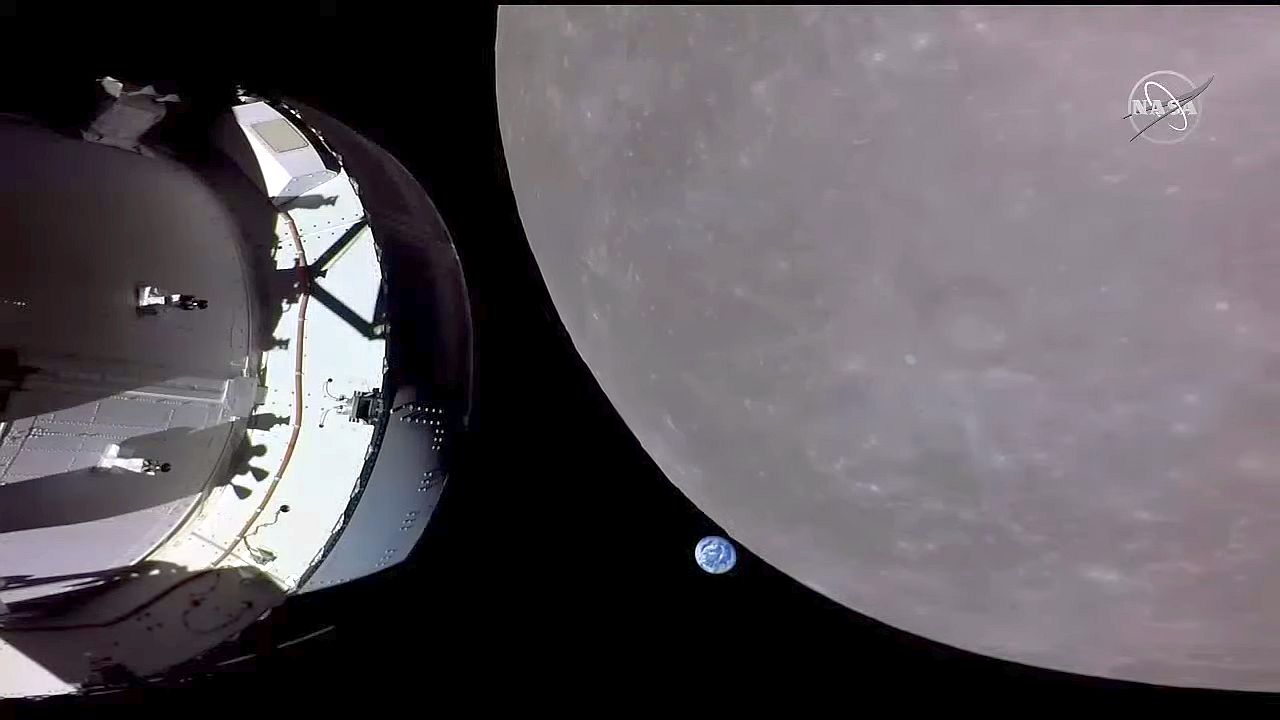Atlas LV-3B | Mercury-Atlas 1
Space Launch Complex 14
Cape Canaveral, FL, USA
T?
--
Days
:
--
Hours
:
--
Mins
:
--
Secs
Date Loading...
National Aeronautics and Space Administration
The National Aeronautics and Space Administration is an independent agency of the executive branch of the United States federal government responsible for the civilian space program, as well as aeronautics and aerospace research. NASA have many launch facilities but most are inactive. The most commonly used pad will be LC-39B at Kennedy Space Center in Florida.
Mercury-Atlas 1
Mercury-Atlas 1 (MA-1) was the first attempt to launch a Mercury capsule and occurred on July 29, 1960 at Cape Canaveral, Florida. The spacecraft was unmanned and carried no launch escape system. The Atlas rocket suffered a structural failure 58 seconds after launch at an altitude of approximately 30,000 feet (9.1 km) and 11,000 feet (3.4 km) down range.
Mercury No.4
Serial 4
Launch Crew Count 0
Status Destroyed
Landing Time 1960-07-29T13:13:00+0000
Atlas LV-3B
Height 28.70 Meters
Max Stages 1
Mass To GTO 0 kg
Liftoff Thrust 1300 kN
Diameter 3.00 Meters
Mass To LEO 1360 kg
Liftoff Mass 120 Tonnes
Launch Success 7
Consecutive Success 6
Maiden Flight 1960-07-29
Launch Failures 3
Programs
Mercury
Project Mercury was the first human spaceflight program of the United States, running from 1958 through 1963.











